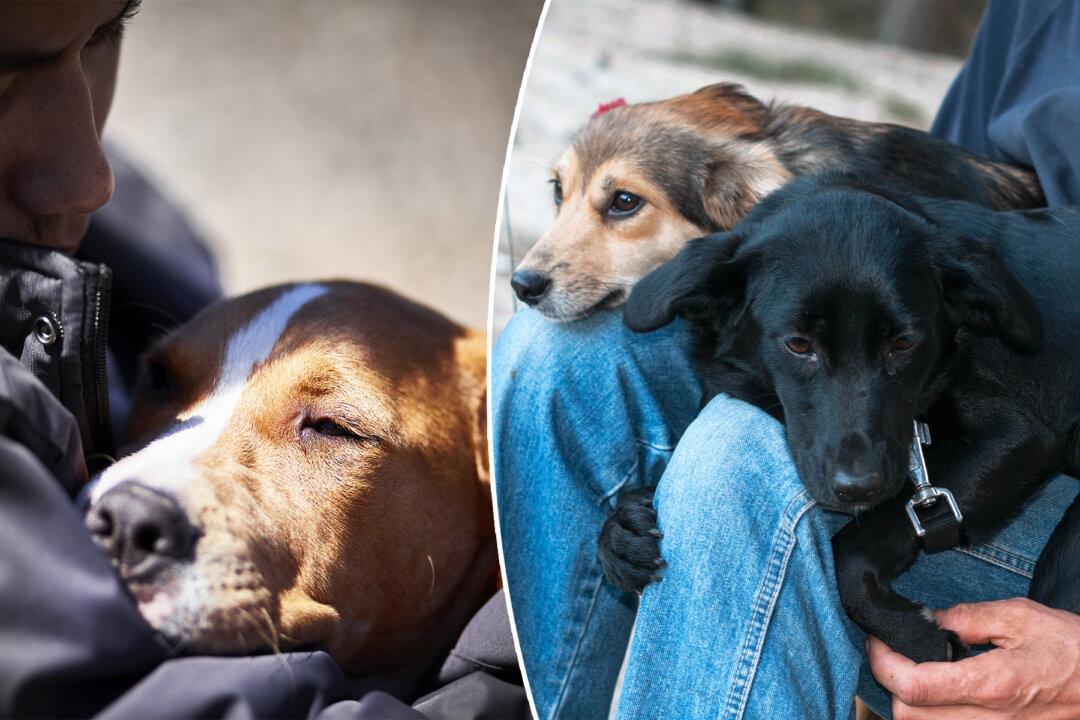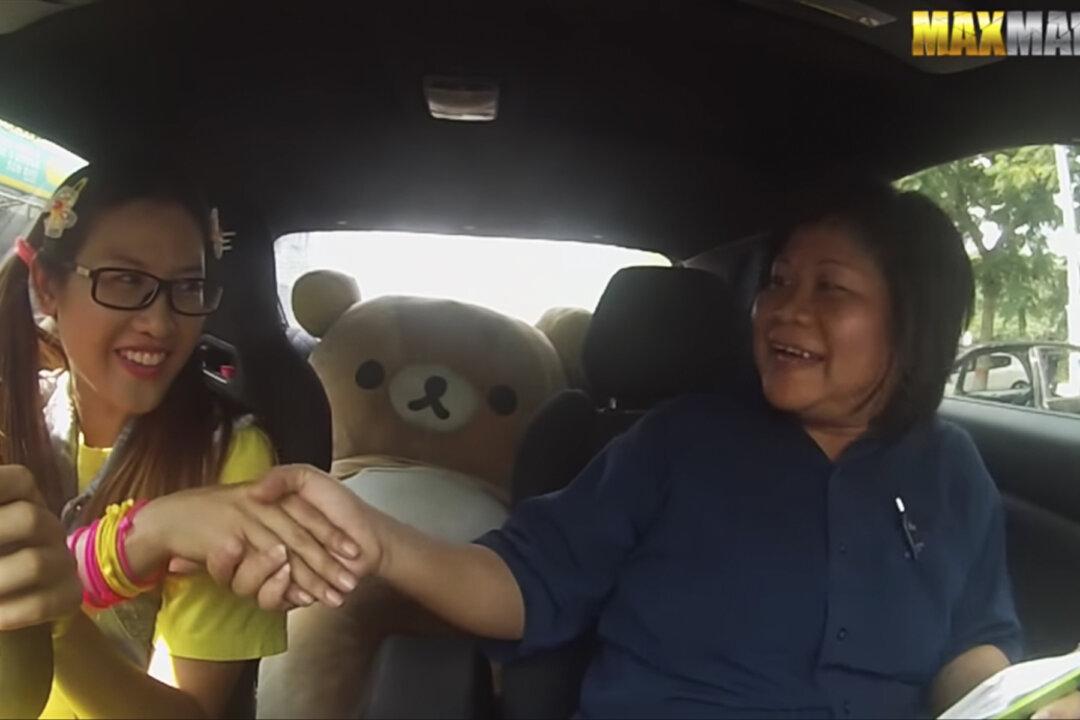“To some, redemption comes with a collar.” That’s how the documentary series Saving Castaways introduces its work of enlisting prisoners in rehabilitating and training shelter dogs. An initiative of Debi Stevens, the supervisor and founder of the Offender Trained K9 Companion Program, the project aims to rebuild the lives of dogs and people who have been “rejected, unwanted, and unloved.”

Illustration - Shutterstock
|Updated:




